Al Snow: Pro Wrestling Is 'as Predetermined' as Mayweather and McGregor's Fight
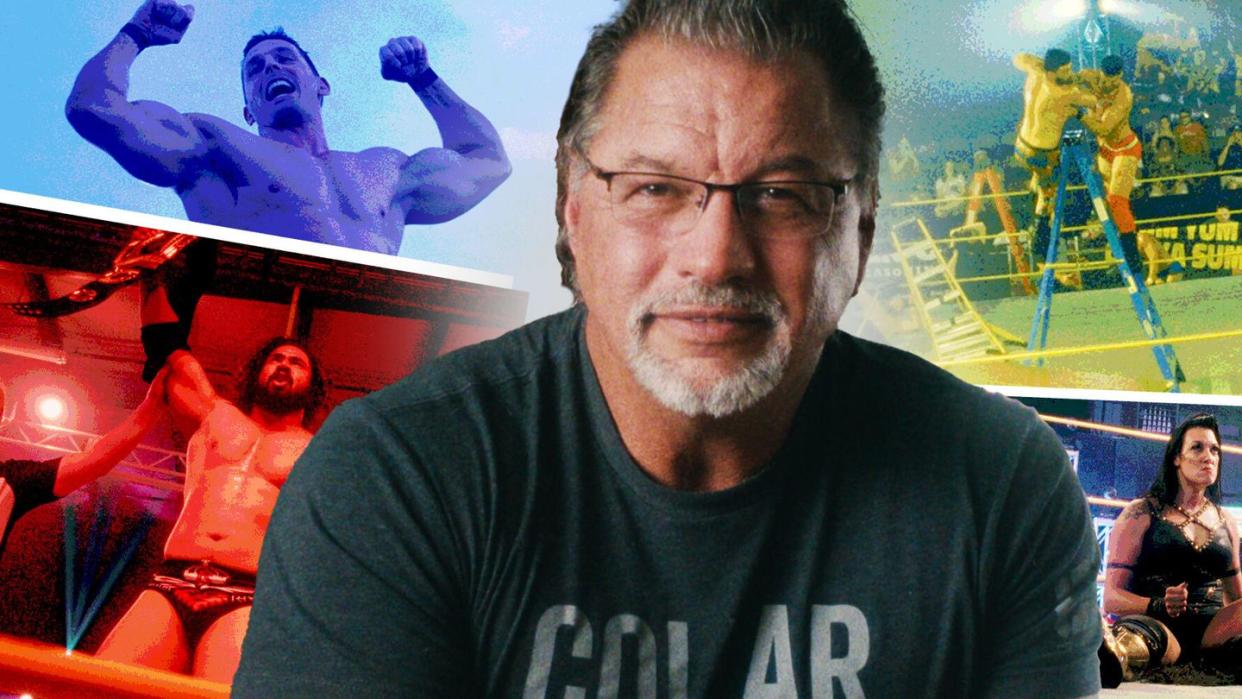
- Oops!Something went wrong.Please try again later.
- Oops!Something went wrong.Please try again later.
- Oops!Something went wrong.Please try again later.
- Oops!Something went wrong.Please try again later.
- Oops!Something went wrong.Please try again later.
AL SNOW IS still trying to keep his head on straight.
From the 1990s until his last appearance on WWE television in 2007, the now-60-year-old wrestler carried to the wrestling ring a wig mannequin he named simply “Head,” as part of a gimmick that inexplicably enamored fans. In an industry of bonafide badasses like “Stone Cold” Steve Austin and The Rock, Snow’s persona as a headbanging cuckoo who raved to The Prodigy stood out among the lunatic fringes of professional wrestling.
Arguing with a plastic sculpt might not have made Snow—real name Ray Allen Savern—championship material. But his legacy in pro wrestling is still seeding as the lead trainer and manager of Ohio Valley Wrestling (OVW), a regional promotion based in Louisville, Kentucky. In the 2000s, OVW was the developmental affiliate of WWE; icons like John Cena, Dave Bautista, Brock Lesnar, The Miz, and more literally learned the ropes at OVW before achieving fame in WWE and beyond.
On and off between 2007 to 2017, Snow took in hundreds of aspiring heavyweights. When OVW’s founders retired in 2018, he acquired OVW and has held its reins since. He imparts in all his students the same appreciation for the art of wrestling: “The beauty of wrestling is that we do things no other form of entertainment gets to,” Snow tells Men’s Health. “We build to a singular moment that only exists in that moment for you and that audience. Those moments take months to work towards. Once we’ve done that, the race is on to the next one.”
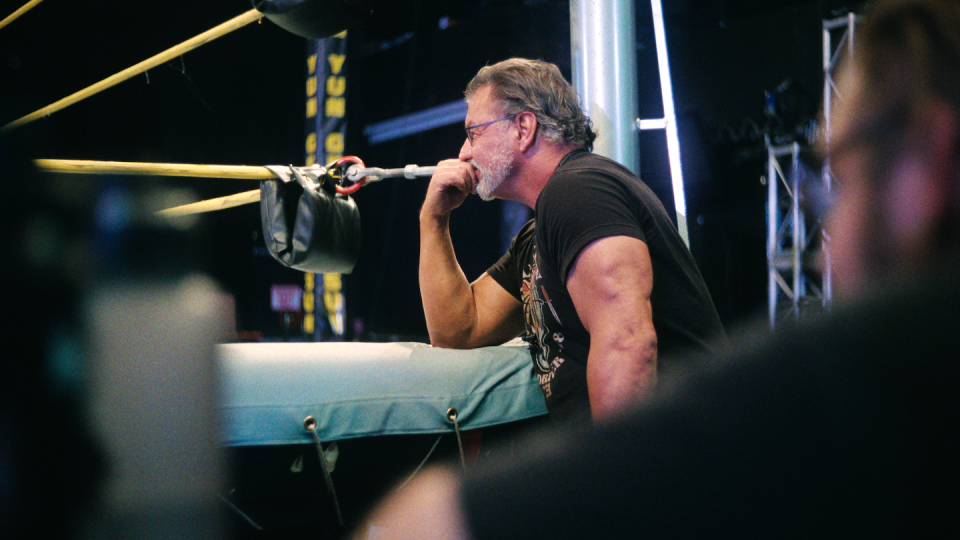
OVW has a chance to be the main event in Wrestlers, a new Netflix documentary series. Filmed during a chaotic summer tour, Wrestlers chronicles a historic promotion eking out its existence under the shadow of two billion-dollar titans, WWE and rival AEW, in a financially depressed corner of the United States. Its narrative intertwines Snow’s mentorship over muscular theater kids and his navigation of a new contentious co-ownership of OVW with Louisville entrepreneur Craig Greenberg and college sports radio host (and prospective Kentucky politician) Matt Jones.
“I get by on next to nothing,” Snow tells Men’s Health. “By the grace of the divine, some have come into OVW and given so much because they see the passion. Now that we’ve got a platform like Netflix, the exposure [means] maybe we can really go forward.”
In an interview with Men’s Health, Al Snow unpacks his time at OVW, offers advice on how to cut a promo, and why a Netflix documentary might change things forever.
Men's Health: OVW nearly closed its doors before you stepped in. What made you so invested in OVW’s survival?
Al Snow: I was sent by WWE in the 2000s to be the head trainer and run OVW. It was not the plan for me to end up co-owner. But Danny Davis, the founder, was getting ready to retire, and one thing led to another. I took it upon myself because I’ve had a real passion for passing on [what I’ve learned] and paying back what wrestling has given to me to the next generation. I've felt for some time that my legacy in the business is gonna be the people I’ve trained and developed who’ve gone on to become superstars.
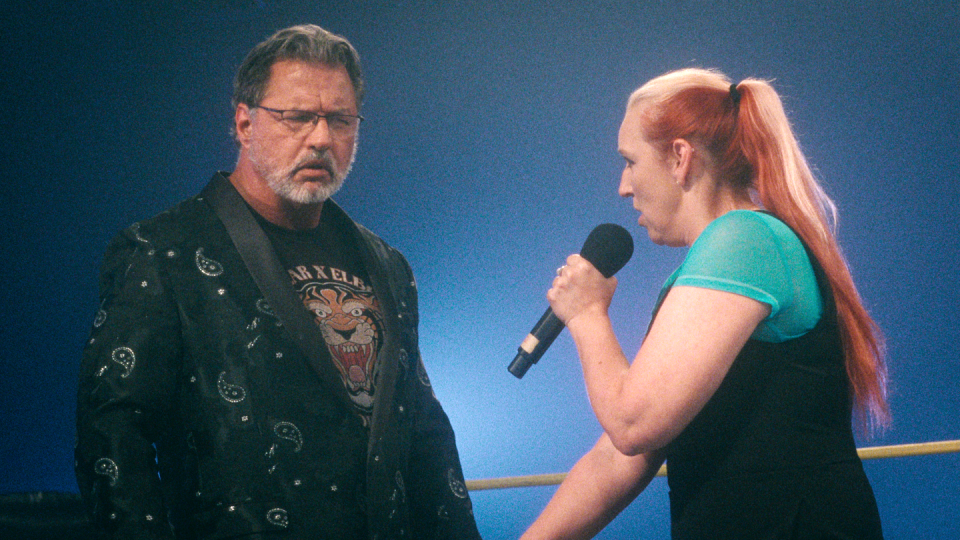
What is the biggest difference about running OVW now from your first day as owner?
I had to rebuild the roster. Not just rebuild, but re-educate the roster into the direction I believed appeals to a general audience. That was a challenge. It was difficult to take performers conditioned to think one way, earn their trust and respect, and get them to believe [in] the vision I’ve laid out to end up more successful.
In Wrestlers, you describe yourself as Kermit running The Muppet Show. Can you elaborate on that? What kind of person does it take to run a wrestling show in 2023?
I would say somebody who is completely addled. [laughs] I don’t know, man. It feels like Kermit because when you’re watching The Muppet Show, Kermit is running around screaming and putting out fires while the show is going on. That’s what I do. I run around putting out fires and scream. All the wrestlers are characters. I’ve got Gonzo, I’ve got Fozzy Bear. I’ve got them all coming to me, pulling me in a hundred directions. And I love it. It’s allowed me to still be creative and be part of the wrestling business and live vicariously through them.
Wrestlers briefly mentions famous OVW alumni like John Cena, Dave Bautista, and Brock Lesnar. You didn’t train them, but from your experience at both WWE and OVW, what were your impressions when you saw them starting out?
When I first encountered them it wasn’t in OVW. I came after they had been brought up to the main roster [in WWE]. But watching them rolling, you could see the potential. I’m not just saying that now looking back. You could see the way they carried themselves and behaved. There was the possibility they could go on to much greater things. It was evident. With OVW, we’ve got an alumni of nearly 200 [wrestlers] that went on to become major factors in WWE and other companies. That’s why we call [our building] “The Historic Davis Arena.” It really has a lot of history. Major moments have occurred in that building.
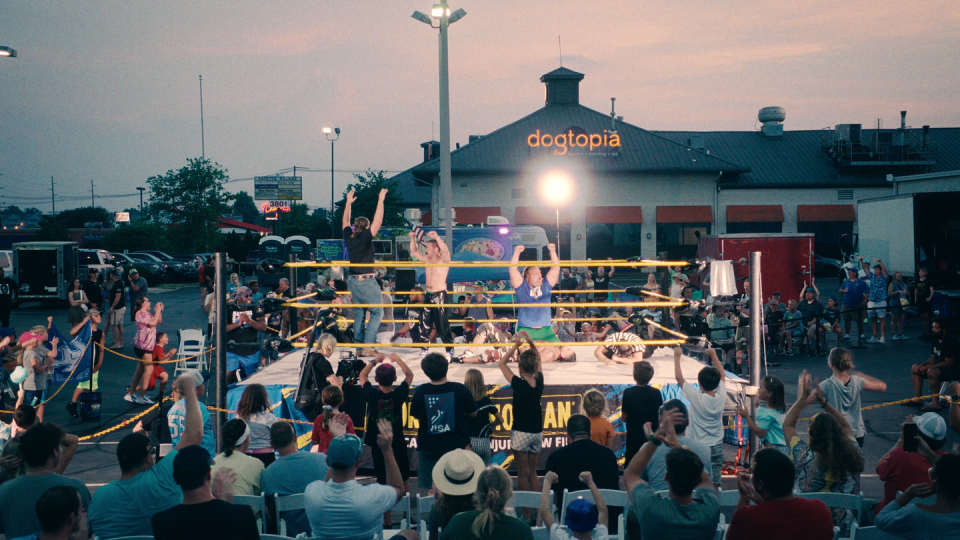
Who at OVW do you feel have the same potential as John Cena or Brock Lesnar? When people watch Wrestlers, who should they look out for?
They need to pay attention to all of them. I’m not saying this to give a political answer, because I don’t care about hurting feelings. But you’re going to see these people and connect with them, which was my hope for doing this. It might capture your imagination to become a fan. It’s my hope this will grow the casual audience; that’s who I’m always trying to appeal to.
I love wrestling fans, Lord knows if it wasn’t for fans I wouldn’t have a job. But I also want to reach Mr. and Mrs. Wal-Mart. I want to reach people flipping channels and all of a sudden, they see Cash Flo or Haley J and they’re hooked. That benefits all of wrestling, not just OVW.
You’ve lived through several eras of wrestling. How different is the training and fitness lifestyle of your OVW stars compared to when you started out?
I try to encourage them to train more like athletes than bodybuilders. That was a mistake wrestlers made [in my time]. The training is so different. Using the Tabata Method, which I use myself, and a lot of ballistic and rotational training and things like that. A lot of wrestlers make the mistake of training like Arnold Schwarzenegger. That’s great, but you need to have some go with your show.
It’s a unique athletic endeavor. Regardless if you think it’s real or fake, you have to have certain conditioning on a high-end level to perform. When you’re wrestling you’ve got to explode, go into static movement, then explode again, and keep your wind. One of the universities in Connecticut had done a study: every time we strike the mat, we hit with the impact of a 25 mile per hour car wreck. We do this between 10 to 30 minutes, multiple times a week. Your body’s gotta be able to withstand that.
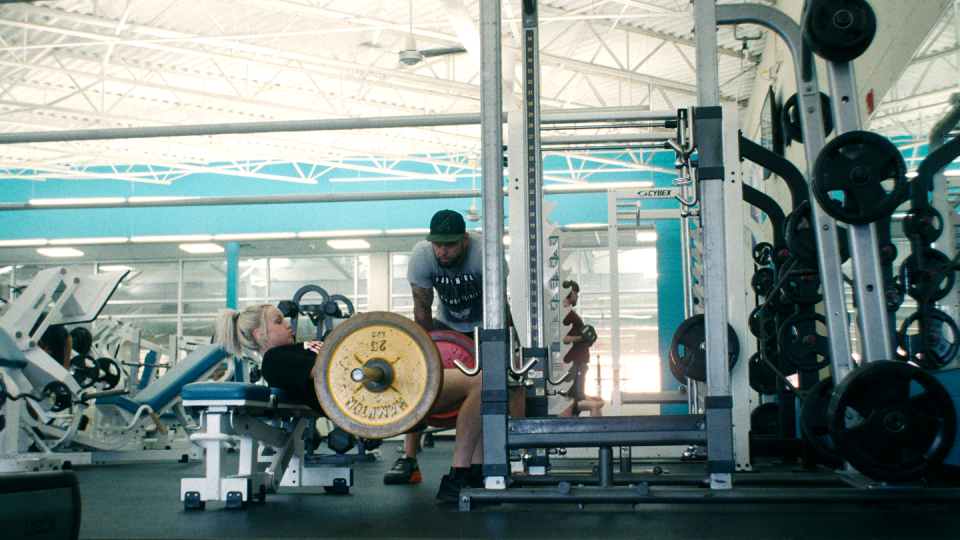
You also train wrestlers to talk on the microphone, in what's called “cutting promos.” What can people learn from pro wrestling to master a skill like public speaking?
Whether you’re doing a presentation or a promo, the main thing is who, what, when, where, why. It doesn’t matter how you do that or what order you do it in. All that matters is you get who it pertains to, what it is, and why they need to listen. Speak with your heart, not your head. Art is done from the heart, not the head. To make an impact for an audience, it has to come from passion. They will remember you by being authentic.
Once upon a time, maintaining kayfabe–the illusion pro wrestling is “real”–was sacred. Now, here we are talking about a Netflix show that reveals how the sausage is made. What's your take on the erosion of kayfabe? Do you think kayfabe could have survived in the 21st century with the internet and social media?
Yeah, and I still hold fast to it. Kayfabe is nothing more than respect to you, the audience. Contrary to popular opinion, wrestling has been known to be predetermined since the 1940s. But there's always been the unspoken agreement between ourselves: We know you know, and you know we know that you know. But we’re never going to rub your face in it. We’re going to let you enjoy it. Let’s face it, that’s the fun when you believe. It’s not different than when it was Floyd Mayweather and Conor McGregor. That was as predetermined as wrestling, and that's not an insult. It’s entertainment. My hope is that allowing this type of insight will allow a much greater respect and appreciation [for pro wrestling] and grow the audience.
Do you still have Head?
Of course I do. We still have a relationship. I’m very monogamous and very loyal. We still don’t get along. They’re cantankerous, especially in their old age. I don’t want them hearing me say that though, because we’ll probably fight.
This interview has been edited for context and clarity.
You Might Also Like

